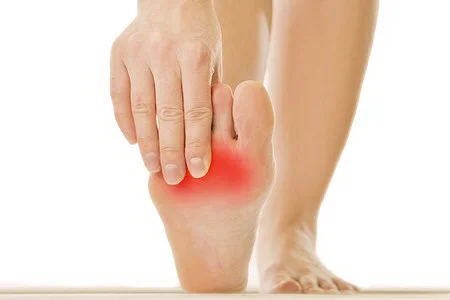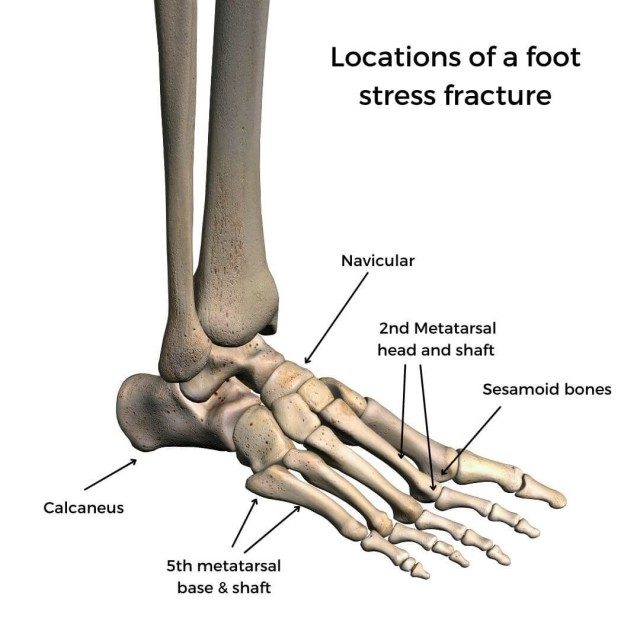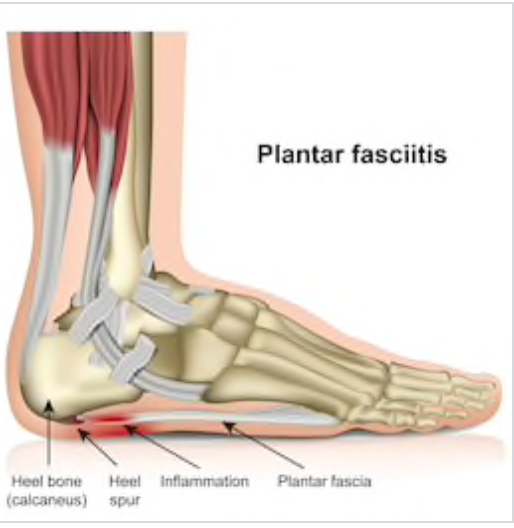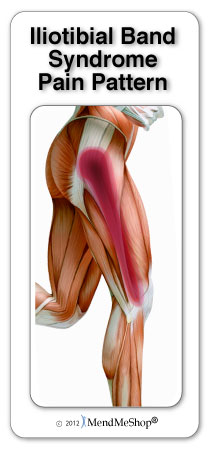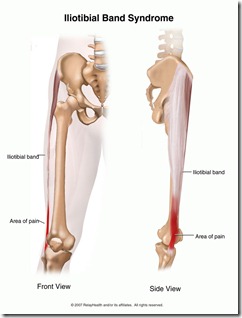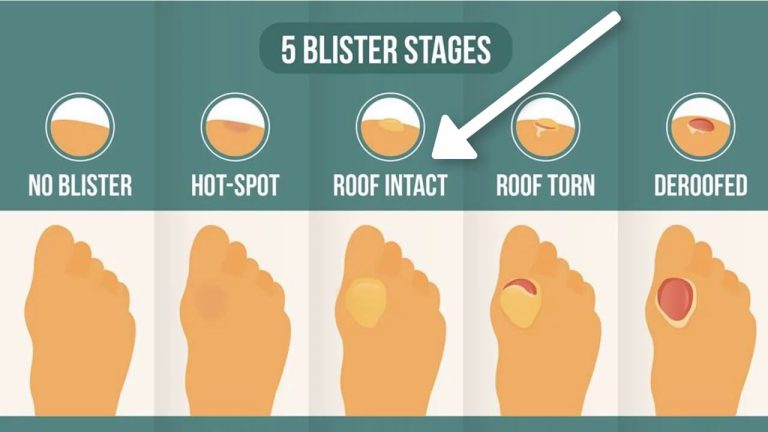Ball Of Foot Pain
Ball of foot pain is a common condition that can be caused by various factors, such as wearing ill-fitting shoes or overuse of the feet. It can lead to discomfort and affect mobility.
To alleviate the pain, proper footwear, orthotic inserts, and rest are recommended. Ball of foot pain, also known as metatarsalgia, can significantly impact one’s quality of life and daily activities. Ignoring the issue can worsen the pain and lead to further complications.
Therefore, it is crucial to address the discomfort early on and seek appropriate treatment to prevent long-term consequences and improve overall foot health.

Credit: www.youtube.com
Causes Of Ball Of Foot Pain
Ball of foot pain can occur due to various factors, such as wearing tight shoes, high heels, or engaging in activities that put excessive pressure on the front part of the foot. This type of discomfort can be alleviated with proper footwear, foot stretches, and orthotic inserts to support the metatarsal bones.
Causes of Ball of Foot Pain: When it comes to experiencing discomfort in the ball of your foot, several factors can contribute to this issue. Understanding the causes of ball of foot pain is essential in finding relief and preventing further discomfort. Let’s delve into some common culprits associated with this type of foot pain. “`htmlHigh-heeled Shoes
“` Wearing high-heeled shoes for prolonged periods can put excessive pressure on the ball of the foot, leading to pain and discomfort. The narrow and pointed toe box in high heels squeezes the toes together, increasing the pressure on the metatarsal bones. “`htmlMetatarsalgia
“` Metatarsalgia refers to inflammation and pain in the ball of the foot. It can be caused by high-impact activities, improper footwear, or medical conditions such as arthritis. The constant pressure on the metatarsal heads can result in irritation of the nerves and surrounding tissues. “`htmlFoot Structure Issues
“` Certain foot structure issues, such as high arches or flat feet, can contribute to ball of foot pain. High arches can cause excessive pressure on the ball of the foot, while flat feet may lead to overpronation, putting strain on the metatarsal bones and soft tissues. By understanding the specific causes of ball of foot pain, individuals can take proactive steps to address these issues and alleviate discomfort. Whether it involves opting for more supportive footwear, seeking podiatric care, or exploring alternative treatment options, addressing the root cause of the pain is crucial for long-term relief.
Credit: podogo.com
Symptoms Of Ball Of Foot Pain
Ball of foot pain can manifest through various symptoms indicating underlying issues that need timely attention.
Sharp Or Burning Pain:
Sharp or burning pain in the ball of the foot is a common symptom that can indicate conditions such as metatarsalgia or Morton’s neuroma.
Numbness Or Tingling Sensation:
Numbness or tingling sensation in the ball of the foot can be a sign of nerve impingement or inflammation, potentially caused by conditions like nerve entrapment or peripheral neuropathy.
Diagnosis Of Ball Of Foot Pain
To accurately diagnose ball of foot pain, a healthcare professional will conduct a thorough examination and, if necessary, order imaging tests.
Physical Examination
Physical examination involves assessing the affected area, checking for swelling, tenderness, and redness.
X-rays Or Mri
For a more in-depth view, X-rays or an MRI may be recommended to examine the bones and soft tissues in the foot.
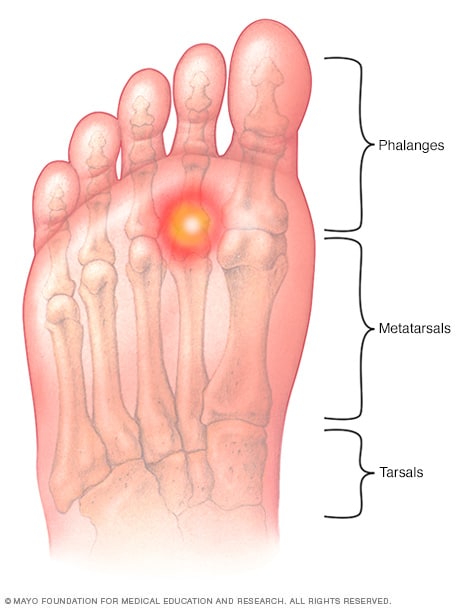
Credit: www.mayoclinic.org
Treatment Options For Ball Of Foot Pain
Ball of foot pain can be quite debilitating, affecting mobility and overall quality of life. Finding the right treatment options is crucial for managing this condition effectively. Several approaches can help alleviate discomfort and promote healing.
Rest And Ice
Rest is essential for allowing the inflamed area to heal. Ice therapy can help reduce inflammation and pain. It’s important to ice the affected area for 15-20 minutes several times a day, especially after activity or at the end of the day.
Orthotic Inserts
Orthotic inserts are specially designed shoe inserts that provide additional support and cushioning to the ball of the foot. They can help distribute pressure more evenly, reducing discomfort and preventing further irritation.
Physical Therapy
Physical therapy can play a crucial role in addressing ball of foot pain. It typically involves a tailored exercise program to improve strength and flexibility in the foot and ankle, which can help alleviate discomfort and prevent future issues.
Prevention And Self-care Tips
For the prevention and self-care of ball of foot pain, it’s essential to wear supportive footwear and use orthotic shoe inserts. Regular stretching and strengthening exercises can also help alleviate pain. Applying ice and taking over-the-counter pain relievers can provide temporary relief.
Ball of foot pain can be debilitating and can greatly impact daily activities. However, there are several effective prevention and self-care tips that can help alleviate and manage the discomfort. By following these tips, you can take proactive measures to prevent and treat ball of foot pain.
Proper Footwear
Choosing the right footwear is crucial in preventing and relieving ball of foot pain. It is important to opt for shoes that provide proper support and cushioning to the balls of your feet. Look for shoes with a wide toe box, as it allows your toes to spread naturally, reducing pressure on the balls of your feet. Additionally, consider inserts or orthotics that offer extra support and cushioning. These can help distribute your weight evenly and minimize excessive strain on the balls of your feet.
Stretching Exercises
Regular stretching exercises can significantly help in preventing and relieving ball of foot pain. Performing simple exercises like toe curls, where you scrunch a towel with your toes, can enhance the strength and flexibility of the muscles in the balls of your feet. Another effective exercise is calf stretches, which help lengthen the calf muscles and reduce tension on the balls of your feet. Incorporating these exercises into your daily routine can improve flexibility, reduce discomfort, and prevent future pain.
Maintaining Healthy Weight
One of the most impactful ways to prevent and manage ball of foot pain is by maintaining a healthy weight. Excess body weight puts added pressure on the balls of your feet, increasing the risk of pain and discomfort. By maintaining a healthy weight, you can alleviate the stress on your feet and reduce the likelihood of developing or worsening ball of foot pain. Incorporating a balanced diet and regular exercise into your lifestyle can help you achieve and sustain a healthy weight, benefiting your overall foot health.
Frequently Asked Questions For Ball Of Foot Pain
Can Ball Of Foot Pain Be Caused By High Heels?
Yes, wearing high heels can cause ball of foot pain due to the increased pressure on the front of the foot.
What Are The Common Symptoms Of Ball Of Foot Pain?
Common symptoms of ball of foot pain include sharp or burning pain, swelling, numbness, and difficulty walking.
How Can I Prevent Ball Of Foot Pain?
To prevent ball of foot pain, wear comfortable shoes, use padded insoles, maintain a healthy weight, and avoid activities that put excessive pressure on the front of the foot.
Conclusion
In sum, addressing ball of foot pain is essential for maintaining a healthy, active lifestyle. By understanding the causes, symptoms, and treatment options, individuals can take proactive steps to alleviate discomfort and prevent future issues. From proper footwear to targeted exercises, managing foot pain is achievable with the right knowledge and resources.

